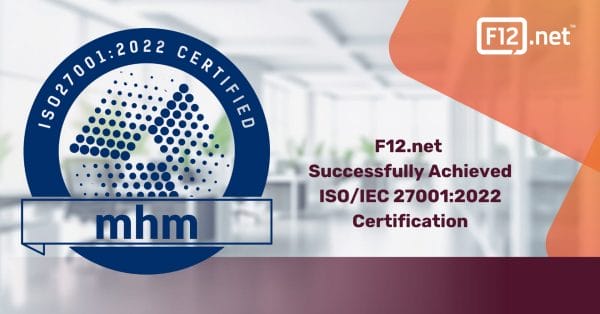If you’re looking to sell your business, one of the first things you need to do is make sure your company’s financial data is neat and tidy. The quickest way to do that is to streamline your general ledger.
We’ve heard and read it for years now: data is the new oil. We get it! But that’s still the case in pretty much any sector these days (unless you work in the oil sector, in which case, oil is still oil.) We know that a company’s data is essential to its growth, the key to its success. But when I was prepping MBU for M&A, I didn’t realize the magnitude of this business trope. Think of some of the major players: Meta, Google, Amazon. They all make their money on data. And that’s the point I’m making in this latest instalment of my Sell Your Business series. The more you know about your data, the easier it is to put a valuation on it. And the tidier it is, the easier it is to sell.
I learned this lesson while preparing to sell MBU, and now I’m sharing it with you. So how did I go about getting my data ducks in a row? I streamlined my general ledger.
Business 101: What is a general ledger?
I may have been an IT whiz, but did I really know what a general ledger was? Or what kind of state MBU’s general ledger was in?
A general ledger, or GL, is the accounting system used to keep track of a company’s financial data. It provides a complete and accurate record of every transaction, covering accounts such as assets, liabilities, equity, revenues, and expenses. The general ledger is used to prepare financial statements such as the balance sheet, income statement, and cash flow statement. To put it plainly: a general ledger is a summary of transactions made in each sub-ledger account. You can’t generate any financial statements (income statement, balance sheet, cash flow) without the data compiled in your general ledger.
How do I streamline my company’s general ledger?
I feel sheepish admitting it, but after being in business for 25 years, MBU had a lot of sub-ledger accounts. We’re talking the 20+ range. I had spent so much of my time and effort focusing on our services and how to be the very best that I’d neglected my accounting department. So when it came time to start prepping my business for M&A, that’s where a lot of work was needed.
I took these 20 accounts and pared them down to five revenue ledgers and five identical expense ledgers. These accounts will be different for every industry, but they all follow the theme of assets, liabilities, equity, revenues, and expenses. Along with my trusty team of experts, we created five sub-ledgers, duplicated for revenue and expenses categories:
- Managed Services
- Re-sale of Managed Services
- Pro-Services
- Hardware/Products
- Miscellaneous
My team developed these five accounts by identifying our five key services. As an MSP, managed services was an easy one to come up with. The rest were figured out as we combed through our 30 accounts and organized them into buckets.
Why should I streamline my general ledger?
During the process of streamlining our ledgers, one thing became painfully clear: we were making tens of thousands of dollars in mistakes every month. Ouch. I was shocked. How could we be letting so much money slip through our fingers month after month, completely unnoticed? Easy answer: our general ledger was a mess!
Unquestionably, you need to streamline your general ledger to ensure that your revenue ledgers (what you invoice) match your expense ledgers (all the costs associated with delivering services).
Why does my GL matter when selling my business?
Prepping your data to sell your business is a fundamental strategy when attempting to get the highest price for your company. To get the highest price for your years of hard work, your data has to be clean and neatly presented. The best way to present this financial data to your potential buyers? You guessed it. Your general ledger.
Clear numbers
A tidy, streamlined general ledger will easily illustrate your company’s finances. It’s an easy-to-read picture of your business revenue, and let’s face it: when someone’s looking at buying your company, they want to know how much you’re bringing in every month.
Clear service structure
By paring down your accounts into five sub-ledgers, you’re able to provide a clear picture of what it is your company does. For example, are you an MSP that manages IT services and not much else? Or are you equally invested in product distribution? The accounts in your general ledger will tell that story better than any boardroom presentation ever could.
Due diligence
Taking the time to clean up your general ledger can also help identify any potential issues or discrepancies that could raise red flags during the due diligence process. Save yourself the trouble down the road when time is of the essence (that is, when you’re getting ready to sign on the dotted line) and discover your company’s pain points now.
Finding the right partner
At F12, we love nothing more than paying top dollar for an acquisition. We want to partner with a company that has distinguished itself as the best of the best—and that comes at a cost! So how do you convince a business like F12 to make you an offer you deserve? Understanding your data. Start streamlining your general ledger today, and see how quickly you can get your business prepped and ready to sell.
Want to be stronger together? Contact me today to find out how F12 can work with your MSP to help you to scale and become a cross-country provider. Let’s be collectively extraordinary.



